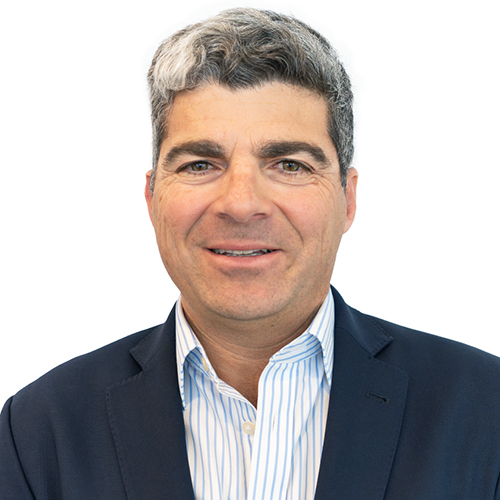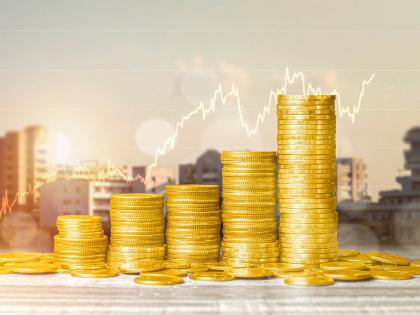Sale-leasebacks Have Become a Critical Tool for PE Firms. Here’s Why.
Learn how GPs are making sale-leasebacks a cost-effective part of the capital stack
Growing PE Fund Sizes
2019 first quarter middle market private equity deal activity slowed compared to 2018, with declines in public markets and the government shutdown creating adverse pricing for PE backed IPO exits. Despite decreased deal volume and exit values, fundraising figures remained steady in the quarter, boosting dry powder available for new investments. Strong investor demand led PE firms and sponsors to grow the scale of their funds, with vehicles between $1 billion and $5 billion accounting for over three-quarters of capital raised. In fact, the average PE fund in 2019 has raised 70% more compared to the whole of 2018, demonstrating the substantial increase in fund size, based on data compiled by Pitchbook.
Elevated Deal Multiples
Multiples on new deals have remained elevated, fueled by the swelling dry powder base. The challenge for PE fund managers is to be competitive on securing new investments while meeting investor return expectations. Consequently, dividend recaps and add-ons have become more common as GPs endeavor to boost returns in the current elevated pricing environment.
Increased Deal Sizes and Longer Holding Periods
Along with larger funds, deals have grown in size and complexity, and longer holding times for investments are becoming more prevalent. Traditionally PE portfolio companies have been held for three to five years before being exited. Fewer than 50% of middle market exits occur in under five years, with the median holding time currently at 6.8 years. The top 25% of exits are hovering around a decade. As a result, there are increasing numbers of long-dated funds with investment periods extending to 15 years or more.
Sale-leasebacks: An Innovative Capital Source to Mitigate Risk and Increase IRR
To mitigate the risk of larger deal sizes, higher multiples, longer holding periods and uncertainty around longer-term interest rates, many GPs are turning to sale-leasebacks as a critical component of the capital stack. Because land and buildings tend to sell at higher valuations than the company itself, PE firms can sell a portfolio company real estate asset and rent it back under a long-term lease, thereby capturing a multiple arbitrage and blending down the initial purchase price multiple. Post-acquisition, a sale-leaseback can create liquidity, allowing an earlier return of cash to investors, thereby boosting IRRs.
Conclusion
In the current environment a sale-leaseback can effectively decrease acquisition multiples and allow PE firms to be more competitive in bidding for new acquisitions. A well-structured sale-leaseback with an experienced capital partner like W. P. Carey provides PE firm portfolio companies with access to an efficient, alternative and flexible source of long-term capital. In addition to helping PE firms achieve targeted investor returns, W. P. Carey works with its tenants on an ongoing basis to support their longer-term operating objectives through follow-on projects including expansions, building upgrades and build-to-suit funding for new facilities. W. P. Carey’s net lease portfolio comprises diverse property types and a range of asset classes in 31 industries and 25 countries, enabling us to work with a wide range of companies.

You May Also Like:

- Recently Added
- WPC in the News
Sale-Leaseback Activity Expected to Grow as Capital Conditions Improve in 2026
After a slow start, sale-leaseback activity saw a resurgence in the second half of 2025. Early in the year, activity was dampened by uncertain fundamentals and macroeconomic headwinds, but...
Turning Real Estate into Opportunity: How Sale-leasebacks Fuel Business Growth
In today’s ever-changing macroeconomic landscape, companies are rethinking how they fund growth, maintain liquidity and improve balance sheet strength. One strategy that savvy companies are using is...